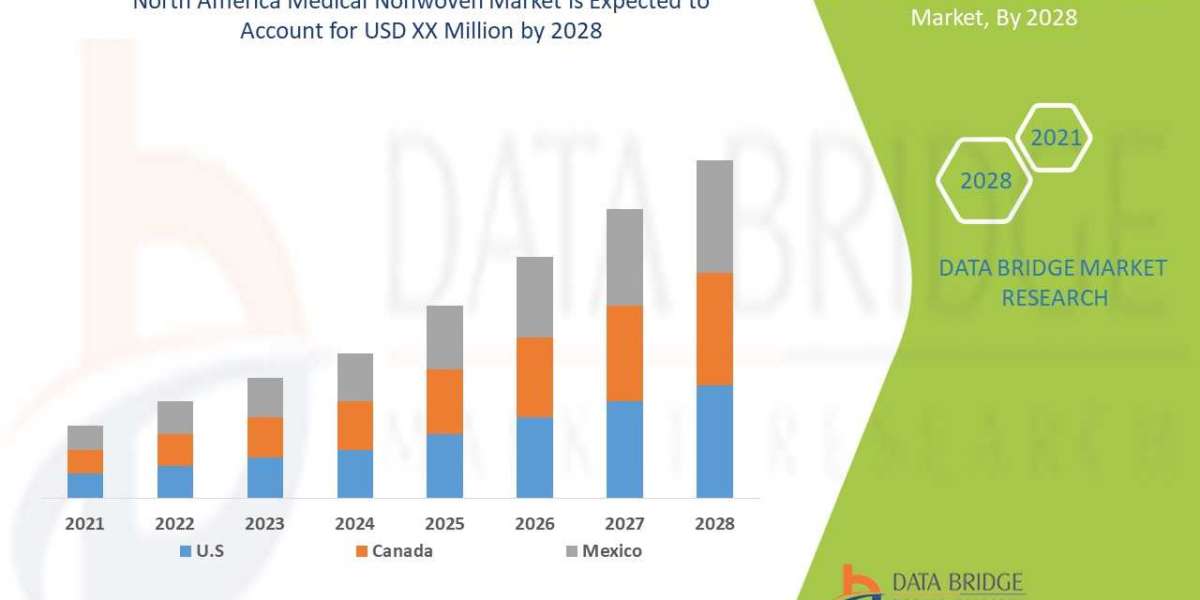High-efficiency wind energy systems High-efficiency wind energy systems leverage advanced aerodynamic design and magnetic drive technology to maximize power output and support global clean energy targets.
High-Efficiency Wind Energy Systems are those designed and operated to maximize the conversion of the wind's kinetic energy into usable electrical power, ensuring the greatest possible annual energy production from a given wind resource. Direct drive turbines are at the forefront of this movement, embodying several key principles of high-efficiency design.
The primary contributor to the high efficiency of the direct drive system is the elimination of mechanical power losses. Conventional geared systems lose a portion of the captured energy due to friction, heat generation, and lubrication requirements within the gearbox. By bypassing this complex mechanical stage and linking the rotor directly to the generator, the direct drive system minimizes these parasitic losses, resulting in a cleaner and more direct energy transfer path.
Furthermore, the electrical machine itself, typically a Permanent Magnet Generator (PMG), is designed for high electrical conversion efficiency. PMGs avoid the electrical losses associated with energizing field windings, offering superior performance across the variable speed spectrum of the turbine. This ability to maintain high efficiency even at part-load or low-wind-speed conditions is critical, as turbines spend a significant portion of their operational life generating below their peak capacity.
A high-efficiency system is not solely defined by instantaneous power conversion; it must also demonstrate high operational uptime. The superior reliability and low-maintenance profile of direct drive turbines contribute significantly to their overall system efficiency by maximizing the hours they are available and actively producing power. A turbine that is rarely down for repairs, especially unscheduled ones, delivers a higher overall capacity factor for the project.
Beyond the hardware, the final layer of high efficiency is the sophisticated control and power electronics system. Direct drive turbines utilize full-power converters that allow for fine-tuned control of the generator's torque and speed, enabling optimal aerodynamic performance across varying wind conditions. This electronic control also facilitates superior grid integration, allowing the turbine to provide reactive power support and contribute to grid stability, maximizing the value of the energy produced. In essence, high-efficiency direct drive systems achieve their performance through a synergistic blend of mechanical simplicity, advanced electrical design, and intelligent electronic control.
High-Efficiency Wind Energy Systems FAQs
How does the gearless design contribute to higher overall energy efficiency?
The gearless design removes mechanical losses (friction, heat) associated with the gearbox, allowing a higher percentage of the rotor's captured kinetic energy to be converted directly into electricity.
What makes the electrical side of a direct drive system highly efficient?The Permanent Magnet Generator (PMG) technology is highly efficient because it does not require external power to excite its magnetic field, eliminating associated electrical losses, especially at the low, variable speeds of the rotor.
Beyond conversion efficiency, what other factor determines a system's high efficiency?
The system's high operational uptime and reliability (its capacity factor) are crucial, as a turbine that is consistently available to produce power maximizes the total annual energy yield from the wind resource.



